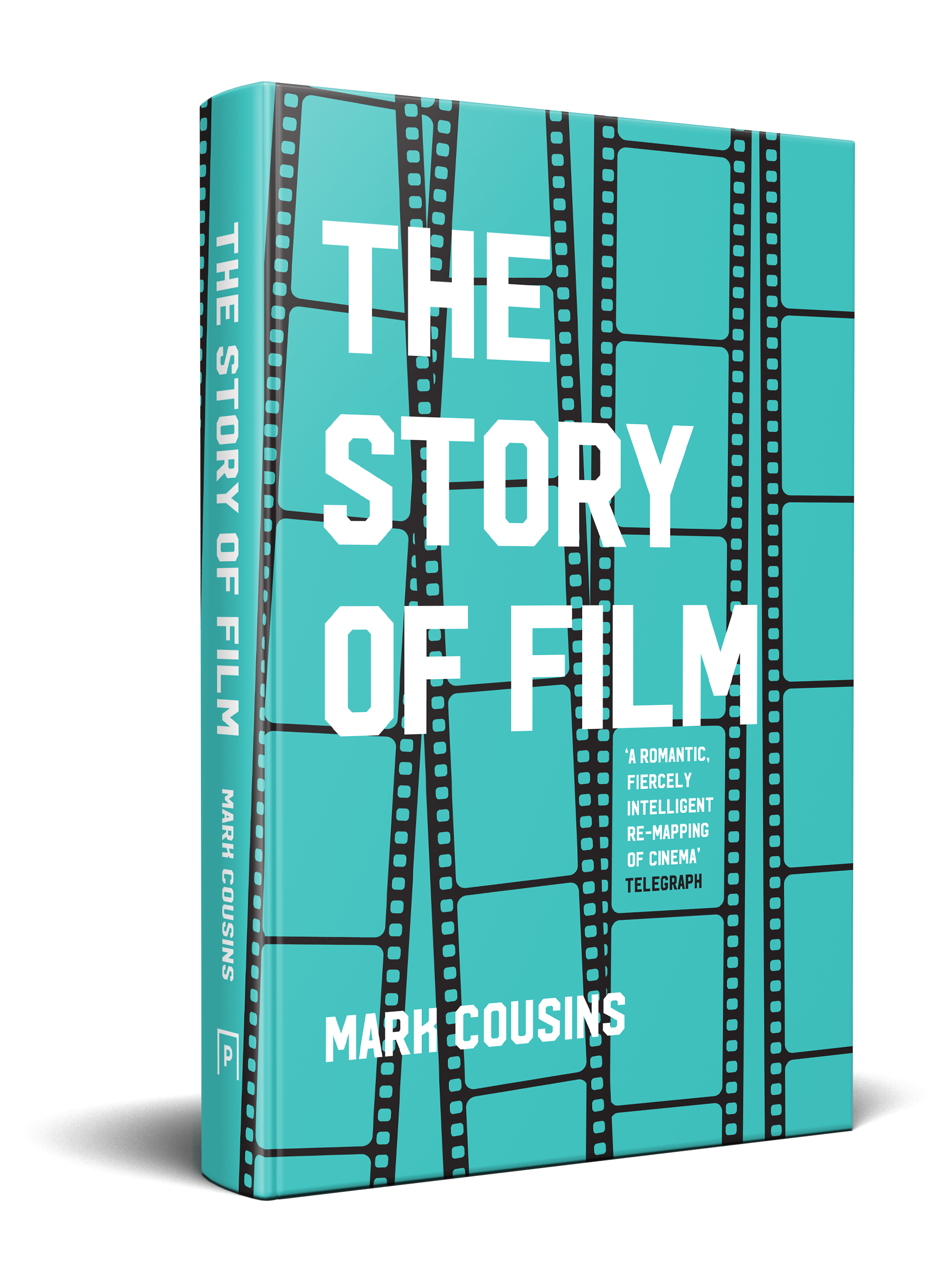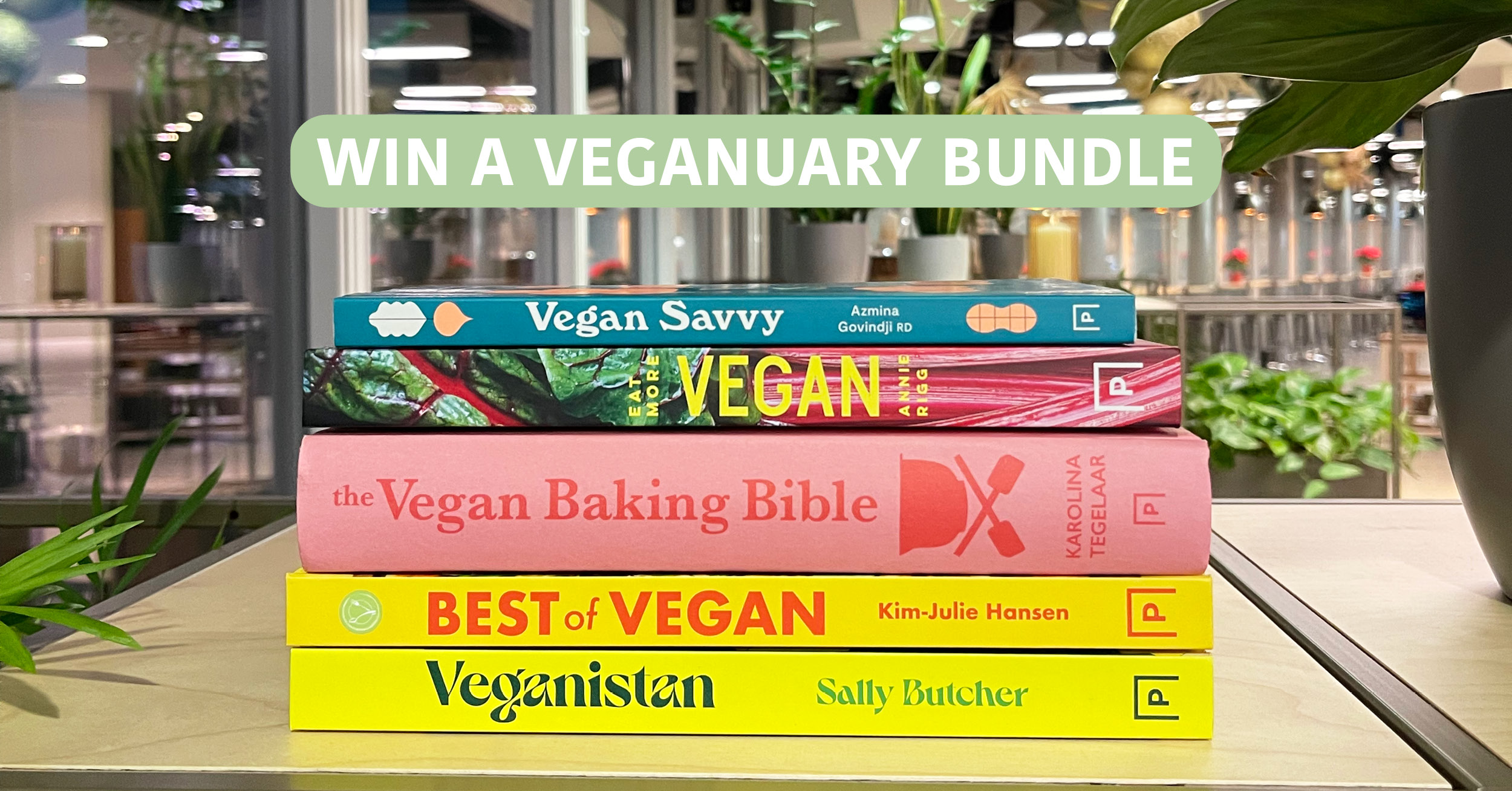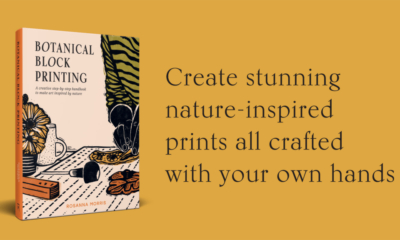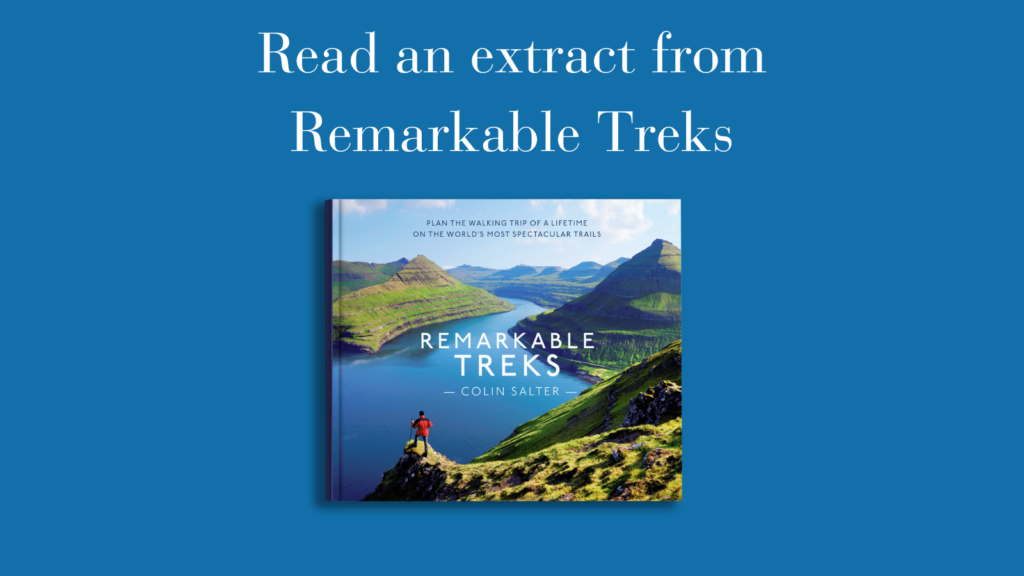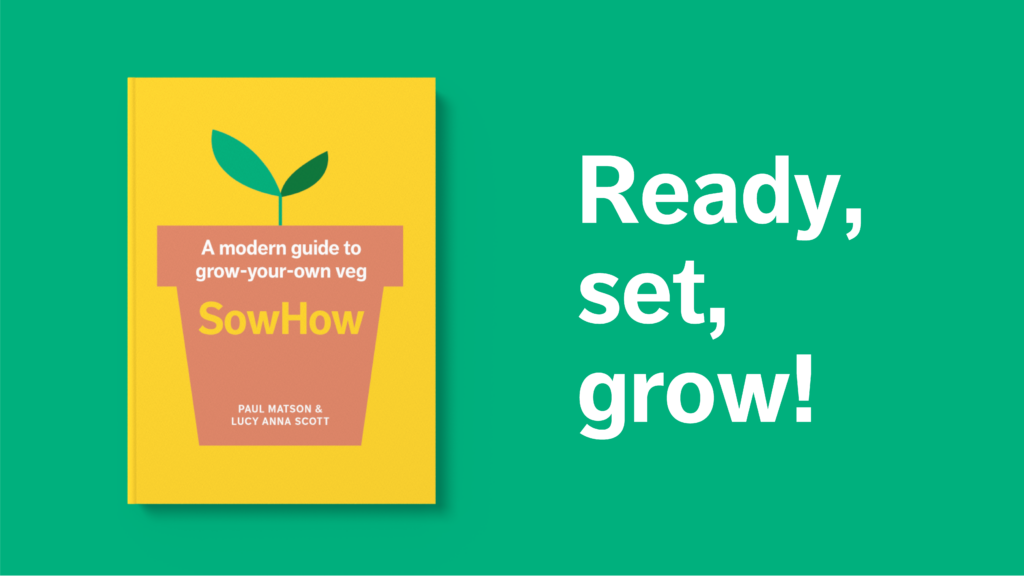‘A ROMANTIC FIERCELY INTELLIGENT RE-MAPPING OF CINEMA’ – THE DAILY TELEGRAPH
The Story of Film pays homage to the radical thinkers who have shaped our cinematic landscapes and celebrates the iconic films that continue to have an impact on what we watch in the twenty-first century.
An updated edition of a seminal text, complete with new chapters, this is a compelling and accessible exploration of cinematic innovation, style and the cultural impact of film worldwide. An unparalleled introduction to the medium that, 25 years later, continues to fascinate and astound.
Mark Cousins is an Irish-Scottish filmmaker and author. His films – including The Story of Film, The First Movie, The Eyes of Orson Welles, Atomic, I am Belfast, Stockholm My Love and Women Make Film: A New Road Movie Through Cinema – have won the Prix Italia, a Peabody and the Stanley Kubrick Award. They have premiered at the world’s major film festivals. Their themes are looking, cities, cinema, childhood, and recovery.
His other books include Imagining Reality: The Faber Book of Documentary, and The Story of Looking. He loves walking across cities such as Los Angeles, Moscow, Paris, Beijing, Berlin, London and Mexico City with his camera.

Here, Mark Cousins interviews himself about his book The Story of Film, first published in 2014, and updated for 2020.
Why did you write The Story of Film?
I was frustrated that the conventional histories of the movies left out large parts of the world, or were too jargony or theoretical. I am a filmmaker and wanted to try to look at cinema from a practical perspective. I wrote an article in 2001 suggesting that there should be a film book equivalent of E.H. Gombrich’s The Story of Art (but without his blind spots). Then, thinking nothing more of it, I drove to India, via Turkey, Kurdistan, Iran, etc, with my partner.
On that trip, the centre of gravity of our heads shifted eastwards. When I returned, I found three letters (actual letters lying in the hall, not emails!) from publishers asking if I might write the kind of book I had described.
You were in your mid 30s, was that not too young to write a history of the medium?
Yes, in a way. There was a lot I hadn’t seen. And I remember looking at film critics – like Philip French in the UK, who was much older than me – and thinking that I should wait my turn. But I knew I wanted to try, and I had a theme – innovation. Plus, I could see the structure of the book. I love structuring big things. There’s a wannabe architect in me.
Also, in my mid 30s, I wasn’t old enough to have become nostalgic for a golden age. This helped.
What went wrong as you wrote?
Various things. The main one was my writer’s voice. I tried to write the book for my 15-year-old self growing up in working class Northern Ireland, who had little access to books. As a result, my writing style was at first too childish.
When the first proofs were shown to peers for comments, one film historian said that it was ‘unpublishably bad’.
I also made mistakes. I spelled the great filmmaker Larisa Shepitko’s name Sheptiko, for example. I’d never heard anyone say her name out loud!
And your writing process?
I read a lot, drank a lot of tea, grew sideburns and phoned video shops around the world to order VHSes. As usual with any big project, I started with huge sheets of paper. I scribbled maps, grids and themes so that, when I came to the actual writing of sentences and paragraphs, I didn’t also have to be thinking of structure and the broader story. That was already planned. I was also aware that as I wrote, I needed to help readers see scenes and moments in the films I was describing, especially the less well-known ones. I kept saying to myself ‘from word to image, from word to image’.
Why were you not happy with the film histories you’ve read?
I’ve sort of answered that. But I could add that the playing field wasn’t level. American, male 70s filmmakers were talked about constantly by fan boys, but African filmmakers of the 70s, such as Ousmane Sembène, weren’t. And when people in the West talked about musicals, it was usually Singin’ in the Rain or West Side Story, not Mehboob Khan or Guru Dutt. And, back then, film fans would happily say that they’d never seen an Agnès Varda film, or a Mai Zetterling movie. Women directors weren’t much in the mainstream stories of cinema.
It helped, I think, that I didn’t come from a centre of the film world like LA, Paris, New York or Mumbai, and that, growing up, I had zero connections with the film industry. I had started as very much an outsider, and outsiders often can see things more clearly than insiders. Insiders have distortions and the parallax of thinking that they are the centre of the map. The further away something is, the more foreign or ‘obscure’ for them. Everything was far away from me when I was young. The Hollywood films of Vincente Minnelli, for example are amongst the weirdest, most baroque and beautiful products of the C20th, but they are in no way near the centre of cinema. They are in no way ‘classical’ or the norm.
Are you a writer?
For years I’ve been saying no to that. I was a slow reader and bad speller at school, and was far better at visuals, maths, science, etc. But I’ve come to like writing especially because it is hard for me to do. When I want to write a sentence, I sort of have to see it as a wee video in my head, then translate that video into words. There’s some lifting to do. But after you’ve lifted, you get a dopamine hit.
What happened when The Story of Film was first published?
Sales started slowly, I think, but the reviews were mostly very good, and it was translated into quite a few languages. I was in Beijing, for example, and saw the book in shops there. Then John Archer of Hopscotch Films asked me if I’d turn it into a film. That took some years, but when it came out, it was seen globally.
Since then, there’s been a slowly building impact. Both book and film have made their way onto many film courses around the world. Some movies have been restored or released on disc as a result of The Story of Film’s advocacy of them. And I regularly hear from people who say lovely things about how it influenced their taste in cinema, refuelled their cinephilia and/or helped encourage them to try filmmaking themselves. Plus various movie stars and directors messaged, which was nice…
Was making the film similar to making the book?
The opposite. I sat in a room to do the book. I travelled the world to make the film. The book went ‘from word to image’, the film went ‘from image to word’; I started with film clips then tried to describe what was happening ‘behind’ them, or within them. I kept saying to myself ‘the audience is looking at a pyramid, your job is to describe the scaffolding and labour force with which it was built.’ Weird, I know, but it helped me!
Why do an update of the book?
Because my publisher Pavilion asked me to. And because a lot has happened in the last generation in cinema. New technologies, new filmmakers, new points of view, new ways of watching. Films are now a click away, more accessible than at any time in movie history.
A consensus has formed about which have been the great movies and trends in recent years. I agree what a lot of what’s said, but as usual I find it a bit blinkered and snobby. As usual there isn’t enough Indian cinema in it. As usual it’s pretty metro-centric and Anglocentric!
You don’t still think of yourself as an outsider, do you?
Ha ha. I know I have some visibility and influence in the film world these days, so not quite. But I’m a constant apprentice. There’s so much more that I don’t know. And insight and creativity are always elusive. You can have them in your grasp for a while, but then they slip away into the forest and you are lost again. You have to start looking again.
Edinburgh
Oct 2020
